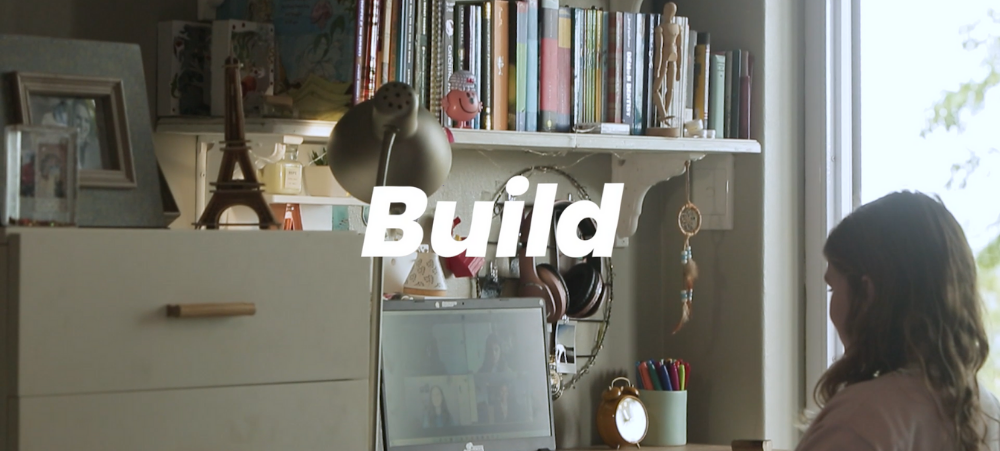“Kids are pure potential.” Don’t you just love this statement? It sums up our children’s infinite ability to learn and presents us with the opportunity in assisting them in discovering the world and shaping their futures.
Here’s an interesting five minute exercise to do at home with your child of almost any age (even adults too!). This exercise can provide so much insight into how best to present new information (be it academic or life skill in nature) to your child in a way that she / he will more efficiently make sense of and retain this new information.
Exercise:
The exercise is simple: offer your child something new, anything age appropriate that they need to figure out and just observe even for a few minutes the methods they use to uncover the solution. Keep these problem-solving methods in mind as you compare them to the methods used by some of the styles of learning described by Honey (renowned Psychologist) and Mumford (Professor) that we will now briefly cover.
Indicators of learning styles:
- Does your child thrive on new experiences, but become bored when the new knowledge needs to be applied? Does your child need to actively take part in the process of discovery? For older teens, does your child use brainstorming, with no fixed opinions, to solve problems or even act before considering the consequences? These methods point to an “activist” style of learning
- Is your child more thoughtful, needing a little extra time to weigh up the item / issue at hand from all sides and consider all the consequences before coming to a conclusion? Will your child listen and weigh up the opinions of others, before making their own points and coming to a conclusion? These are traits of a “thinker” / “reflector” style of learning.
- Is your child’s method to analyse a problem, collect the facts and think through the item or issue in a more logical way to form a theory? Is your child more comfortable with orderly things and being 100% sure of the facts and not subjective conclusions? Honey and Mumford describe this as a “theorist” style of learning.
- Lastly, does your child like to start working immediately, testing ideas to see if they work? Does your child like to solve problems by making practical decisions? These qualities suggest a “pragmatist” style of learning.
Linking your child’s learning style to how you present new information to your child:
Having the understanding of the way in which your child learns most efficiently is the first key. The other key is to be aware of your own (or even the other members of your family) preferred style of learning.
Imagine a results driven ‘pragmatist’ trying to share knowledge with a “don’t rush me reflector”? The ‘pragmatist” would expect the “reflector” to jump in and get to work straight away, testing ideas and making practical decisions, while the ‘reflector’ would be overwhelmed by the “pragmatist’s” time pressure and would tend to delay coming to any conclusions before having had sufficient time to weigh up all the options and possible solutions. The Nett effect would be frustration all around, with little being learned in the process!
Tips for how to present new information for your child’s style of learning:
- “Activists”:
- creating competitive team work, role plays (even from as young as 3 years old!) or team games
- providing space for coming up with new ideas without boundaries
- creating opportunities to bounce ideas off others or even take the lead (where the context and age is appropriate, of course)
- “Reflectors”:
- creating an environment that is not pressurized by time and where your child can reflect, observe activities, listen to and debate with others in a risk-free environment
- the space and time for your child to create sufficient background information to analyse and reach a conclusion
- “Reflectors” are extremely uncomfortable in the limelight, under time pressure or when they are unable to have an opportunity to plan and prepare sufficiently. They don’t like to be put on the spot!
- “Theorists”:
- creating an opportunity to ask questions and to decide on the logic of things
- presenting something to them which forms part of a system or theory
- creating the time for them to investigate connections between ideas in a methodical way
- Pragmatists:
- share with them how the new information will benefit them
- encouraging a suitable mentor (perhaps a family member) who your child can identify with and who can supervise your child learning the new technique
- creating a space for your child to draw up action plans, give tips or discover short cuts
- creating opportunities for your child to apply what they have learnt especially where the benefits are tangible for them (tangibility is especially important for children up to the teen years)
While the four groups described by Honey and Mumford above are general categories, it is interesting to note that each person’s preferred learning style is unique, although tending more to one of the four groups than the others. No one style is better than the other, as the preferred style is usually the most efficient for the person, developing over time with the ability to be changed.
Some knowledge of your child’s preferred style of learning can go a long way in helping us ‘speak the same language” when it comes to learning. There’s no time like the present to give the tips a try and start reaping the rewards now, no matter how young or old your son / daughter is.
We understand that there are many aspects that encompass a Mother, Father or Child and strive toward providing resources and services that accommodates this.
Our content is aimed to inform and educate families on issues starting from pregnancy through to the challenges of the teen-age years.
- Tips for Breastfeeding in Public: Confidence and Comfort - November 20, 2025
- Eskort launches Kiddos: South Africa’s first pork range made just for kids - November 13, 2025
- Putting the Power of Learning in Learners’ Hands During Global Education Week - November 12, 2025






1 thought on “Discovering Your Child’s Style of Learning”
interesting read…